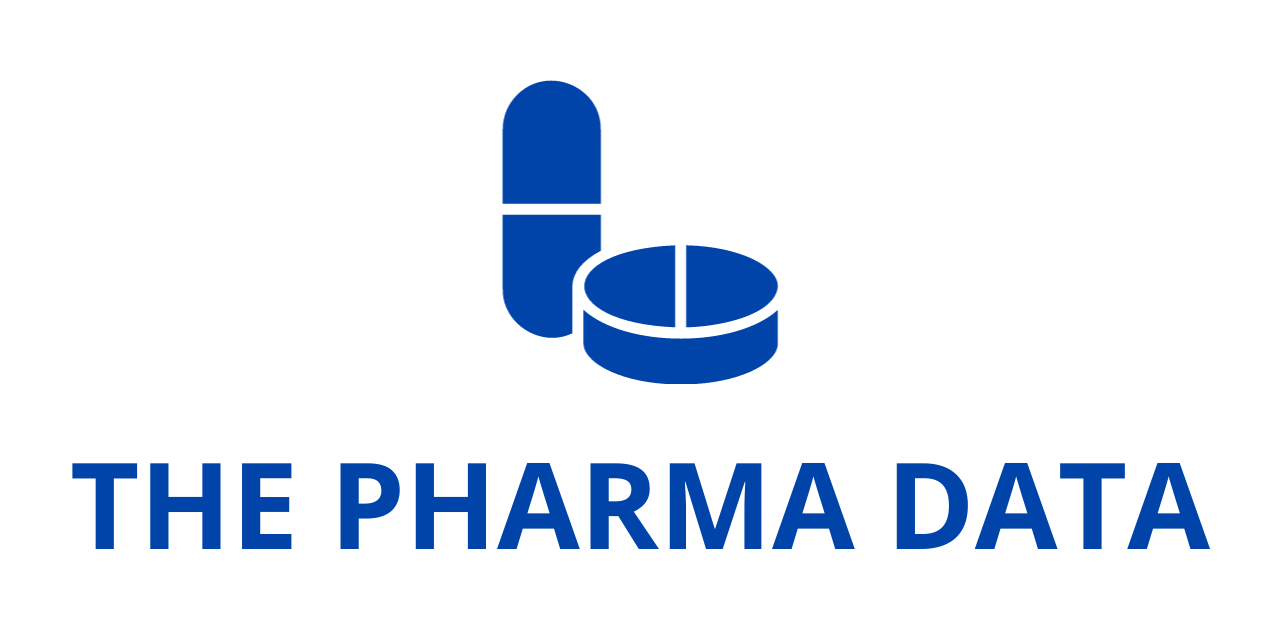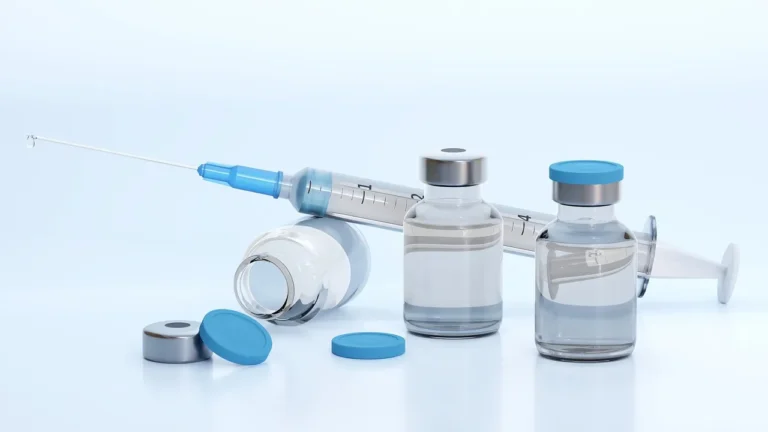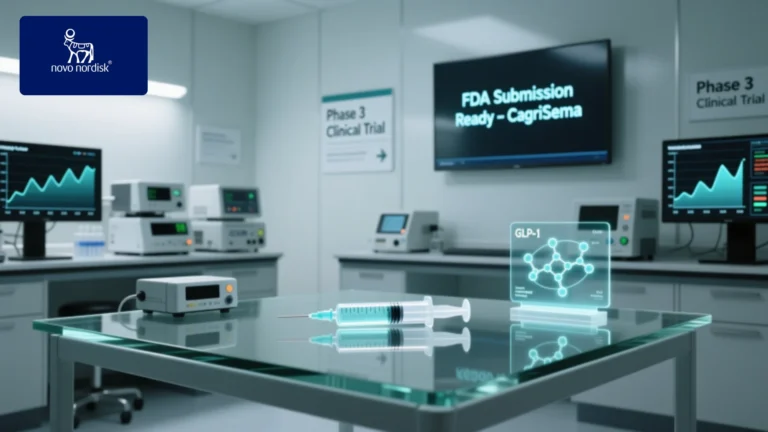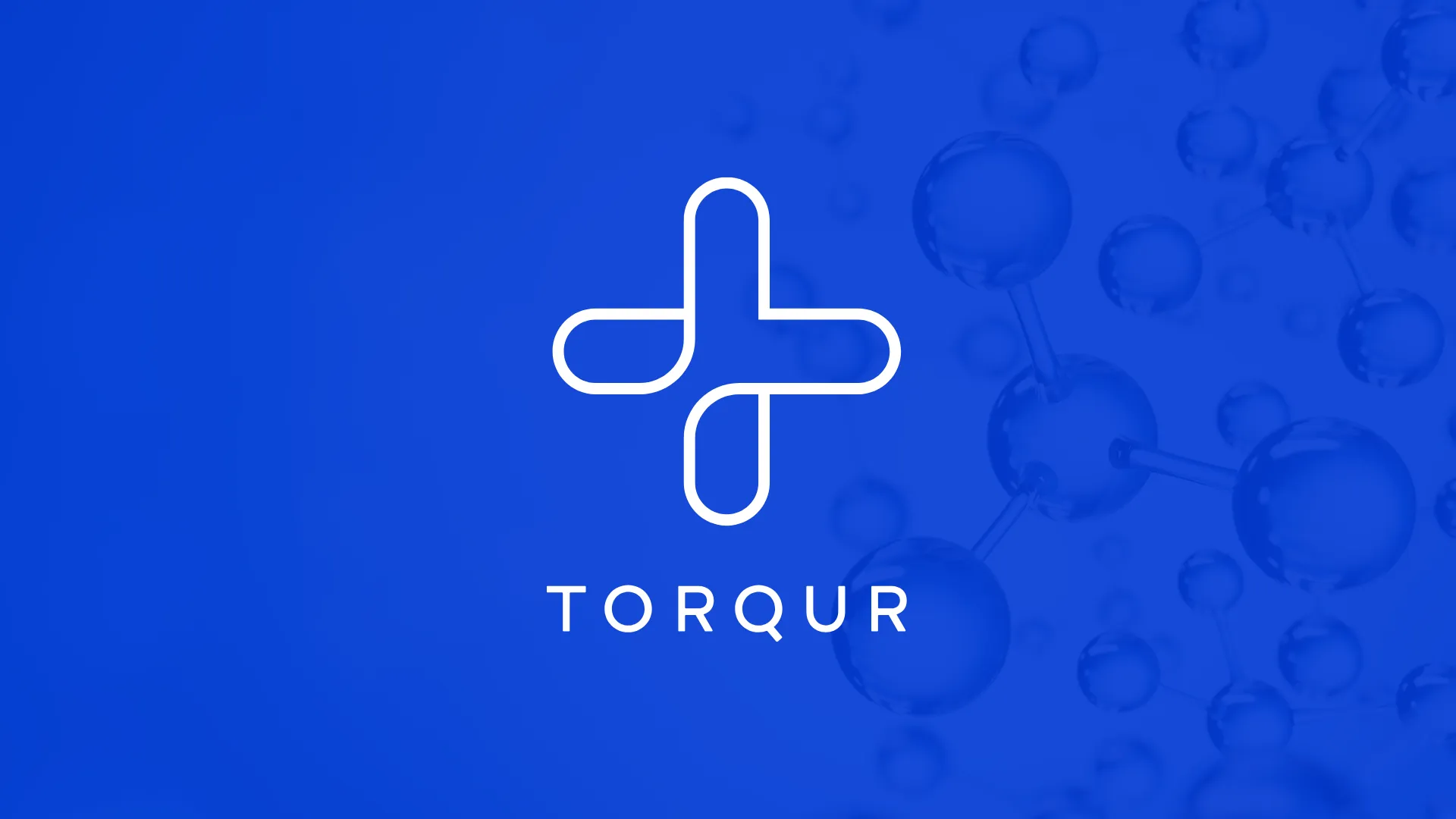
Bimiralisib Topical PI3K/mTOR Inhibitor Demonstrates Up to 92% Clearance and Excellent Tolerability in Phase 2 Actinic Keratosis Trial
Torqur AG, a clinical-stage biopharmaceutical company and a subsidiary of the Swiss Rockets AG incubator, has announced highly encouraging results from its full Phase 2 proof-of-concept study evaluating the topical formulation of bimiralisib gel (2%) for the treatment of actinic keratosis (AK). The results were presented at the European Academy of Dermatology and Venereology (EADV) Congress 2025 in Paris—the largest dermatology meeting in Europe—highlighting the company’s significant advancement in the field of targeted oncodermatology and oncology therapies.
The study showcased both remarkable efficacy outcomes and a favorable safety profile, positioning bimiralisib gel as a potential best-in-class non-invasive therapy for AK, a condition that affects millions globally and represents a substantial risk factor for developing cutaneous squamous cell carcinoma (cSCC).
A Milestone in Oncodermatology
The announcement marks a pivotal step for Torqur AG and its parent company, Swiss Rockets AG, as they continue to develop precision therapies that target the molecular drivers of skin and other cancers. Bimiralisib—a topical dual PI3K/mTOR inhibitor—has been designed to address dysregulated signaling pathways involved in abnormal keratinocyte proliferation and survival, which are central to the pathogenesis of actinic keratosis.
“Presenting these Phase 2 results at Europe’s most prestigious dermatology congress is a tremendous milestone,” said Dr. Vladimir Cmiljanovic, Chief Executive Officer of Torqur AG. “The high rates of clearance and consistently favorable tolerability profile underscore bimiralisib’s potential to become a new standard for patients with actinic keratosis. We are now preparing for the pivotal Phase 3 clinical trials and discussing with potential partners to bring this therapy closer to patients worldwide.”
Understanding Actinic Keratosis and the Need for Innovation
Actinic keratosis is one of the most common precancerous skin conditions, affecting an estimated 10% of the European population, particularly those with fair skin and extensive sun exposure. The disease is characterized by rough, scaly lesions on sun-exposed areas such as the face, scalp, forearms, and hands. These lesions represent early-stage cutaneous neoplasia that can progress to invasive squamous cell carcinoma (SCC) if untreated.
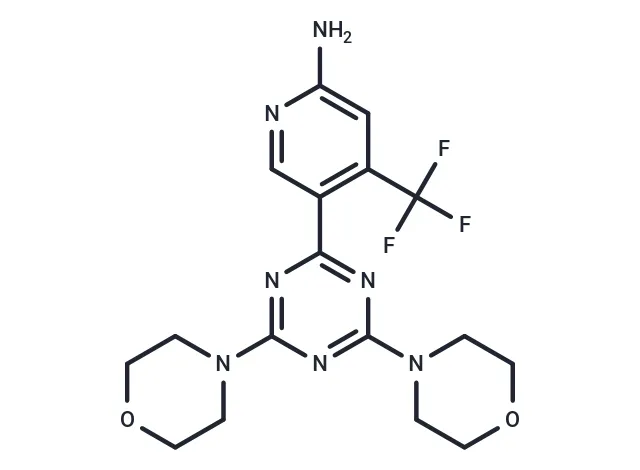
Despite the wide availability of topical and procedural therapies—including 5-fluorouracil, imiquimod, photodynamic therapy, and cryotherapy—many patients experience painful local reactions, incomplete clearance, or recurrence. The limited tolerability and cosmetic drawbacks of existing treatments often lead to poor adherence. Consequently, there is a pressing need for effective, mechanism-based topical agents that can safely and completely clear precancerous lesions while maintaining skin integrity and quality of life.
Bimiralisib gel directly addresses this gap. By targeting the PI3K/mTOR pathway, a central regulator of cell growth and survival that is frequently overactive in AK and other skin cancers, the therapy provides a rational, precision-based approach to halt lesion progression at the molecular level.
Details of the Phase 2 Study
The Phase 2 trial was a randomized, multi-center, proof-of-concept study evaluating bimiralisib gel (2%) as a field-directed therapy for actinic keratosis on the face, scalp, and back of the hands. Conducted at two leading Swiss dermatology centers—the University Hospital Basel (led by Prof. Dr. Alexander Navarini) and the Lausanne University Hospital (led by Prof. Dr. Olivier Gaide)—the study enrolled 46 patients with varying grades of AK lesions, as classified by Olsen criteria.
Participants were divided into two treatment cohorts: one receiving bimiralisib gel for two weeks, and another for four weeks. An optional extension phase allowed re-treatment for up to eight weeks to assess durability, safety, and potential incremental benefits.
Impressive Efficacy Outcomes
The results revealed that topical bimiralisib gel achieved exceptional lesion clearance and consistent efficacy across both mild and moderate forms of AK:
- 92% of patients with Olsen grade 1 AK achieved complete or near-complete clearance.
- Overall, 52% of patients in the 2-week cohort and 71% in the 4-week cohort achieved an Investigator’s Global Assessment (IGA) score of 0 or 1, indicating complete or partial clearance of lesions.
- All patients demonstrated at least some degree of lesion clearance following initial treatment.
- Even among patients with Olsen grade 2 lesions (moderate AK), a remarkable 48% achieved complete or near-complete responses.
- The extension phase revealed continued improvement, with several additional patients reaching complete clearance after re-treatment, suggesting a durable and cumulative therapeutic effect.
These findings are particularly noteworthy given that the treatment duration was short (two to four weeks), and the therapy was applied topically—indicating a powerful localized pharmacodynamic effect without the systemic toxicities commonly seen with oral or injectable PI3K inhibitors.
Superior Tolerability and Safety
One of the most compelling aspects of the study was the favorable safety profile of bimiralisib gel. The treatment was well tolerated, and all related adverse events were mild to moderate local skin reactions, consistent with the expected pharmacological activity in the epidermis.
- The vast majority of adverse events were mild, with only four grade 2 events observed across all patients.
- All local reactions—such as erythema, mild irritation, or transient pruritus—resolved without medical intervention.
- Importantly, no systemic adverse effects or unexpected safety signals were detected.
- Re-treatment in the optional 8-week extension phase was feasible and did not lead to any new or cumulative safety concerns.
These results reinforce the potential of bimiralisib gel to offer clinically meaningful efficacy with superior tolerability, a balance rarely achieved in field-directed AK therapies.
Expert Perspectives
The study investigators, both leading dermatology researchers in Switzerland, emphasized the implications of the results for clinical practice and future development.
Prof. Dr. Alexander Navarini, Chairman of Dermatology at University Hospital Basel and the study’s Lead Principal Investigator, commented:
These results show that bimiralisib gel 2% has both efficacy and safety across different grades of actinic keratosis. This represents a promising new non-invasive option for patients, addressing a significant unmet need in dermatology.”
Prof. Dr. Olivier Gaide, Head of the Center of Excellence for Skin Cancer and Melanoma at Lausanne University Hospital and Principal Investigator, added:
“With actinic keratosis being the most common precancerous skin condition, these data highlight the great potential of this targeted topical therapy to counter progression to squamous cell carcinoma.”
Their remarks underscore a growing recognition that AK should be treated not just as a cosmetic concern but as an early manifestation of carcinogenesis—one that can and should be halted with precise molecular targeting.
The Science Behind Bimiralisib
Bimiralisib is a selective pan-PI3K/mTOR inhibitor that acts on key nodes of the PI3K/AKT/mTOR signaling pathway, a critical regulator of cell growth, metabolism, and survival. Dysregulation of this pathway is a hallmark of many cancers, including cutaneous malignancies.
In AK, chronic UV exposure leads to mutations and epigenetic changes that activate PI3K/mTOR signaling, promoting uncontrolled keratinocyte proliferation and survival. By inhibiting both PI3K and mTOR, bimiralisib interrupts this oncogenic signaling cascade, inducing apoptosis in atypical cells while sparing normal keratinocytes.
The topical formulation of bimiralisib gel represents a major technological achievement: it delivers high local concentrations to the epidermis and dermis while minimizing systemic exposure, thereby reducing the risk of systemic toxicity that has limited the clinical use of oral PI3K inhibitors in oncology.
Next Steps: Advancing Toward Phase 3 Trials
With the success of the Phase 2 trial, Torqur AG is now preparing for pivotal Phase 3 clinical studies aimed at confirming the efficacy and safety of bimiralisib gel in a larger, more diverse patient population across multiple geographic regions.
The company is also engaging with potential strategic partners to accelerate the late-stage development and global commercialization of the therapy. These collaborations may include partnerships with dermatology-focused pharmaceutical firms experienced in topical formulation development and market access in the EU and U.S.
Dr. Cmiljanovic highlighted the broader implications of these results:
“This study not only validates our approach in actinic keratosis but also opens up future applications of bimiralisib and related compounds in other dermatologic and oncologic indications where PI3K/mTOR signaling plays a key role.”
Broader Potential Beyond Actinic Keratosis
The PI3K/mTOR pathway is implicated in numerous skin and epithelial cancers, suggesting that bimiralisib may have broader therapeutic applications. Future research may explore its role in:
- Cutaneous squamous cell carcinoma (cSCC) prevention and therapy
- Basal cell carcinoma (BCC) as a field treatment for subclinical lesions
- Seborrheic keratosis and photoaging driven by UV-induced signaling
- Combination approaches with immune modulators or photodynamic therapy
Such studies could position bimiralisib as a platform technology for treating a spectrum of pre-cancerous and early malignant skin diseases through a targeted topical route.
Torqur AG and Swiss Rockets: Driving Innovation in Targeted Therapies
Founded as part of the Swiss Rockets AG incubator ecosystem, Torqur AG specializes in developing novel targeted therapies in oncodermatology and oncology. The company leverages cutting-edge translational research, medicinal chemistry, and formulation expertise to accelerate the development of first-in-class or best-in-class molecules that address major unmet medical needs.
Swiss Rockets AG itself is recognized for nurturing high-potential biotech ventures focused on precision medicine, particularly in oncology, immunology, and dermatology. The incubator model allows each portfolio company, such as Torqur AG, to benefit from shared scientific infrastructure, regulatory expertise, and strategic financing support—facilitating efficient drug development from concept to clinic.
Conclusion: Toward a New Standard in AK Treatment
The Phase 2 study results of bimiralisib gel (2%) mark an exciting advancement in the management of actinic keratosis, offering compelling evidence of a safe, effective, and targeted topical therapy capable of delivering high clearance rates with excellent tolerability.
By combining molecular precision, field-directed activity, and superior patient tolerability, bimiralisib could redefine the treatment paradigm for AK—transforming it from an often-chronic dermatologic burden into a manageable, reversible condition.
As Torqur AG moves toward Phase 3 development, the global dermatology community awaits what could become one of the most significant innovations in non-invasive skin cancer prevention in decades.
About Torqur AG
Torqur AG is a Swiss clinical-stage biotechnology company focused on developing targeted therapies in oncodermatology and oncology. As a subsidiary of Swiss Rockets AG, Torqur leverages state-of-the-art molecular design and translational research to create precision medicines that address high unmet needs in dermatologic oncology.
About Bimiralisib
Bimiralisib is a selective, dual PI3K/mTOR inhibitor developed for topical administration. By targeting the overactive PI3K/mTOR signaling pathway, bimiralisib aims to inhibit abnormal keratinocyte proliferation and survival—providing a novel, mechanism-based therapy for actinic keratosis and potentially other skin cancers.
